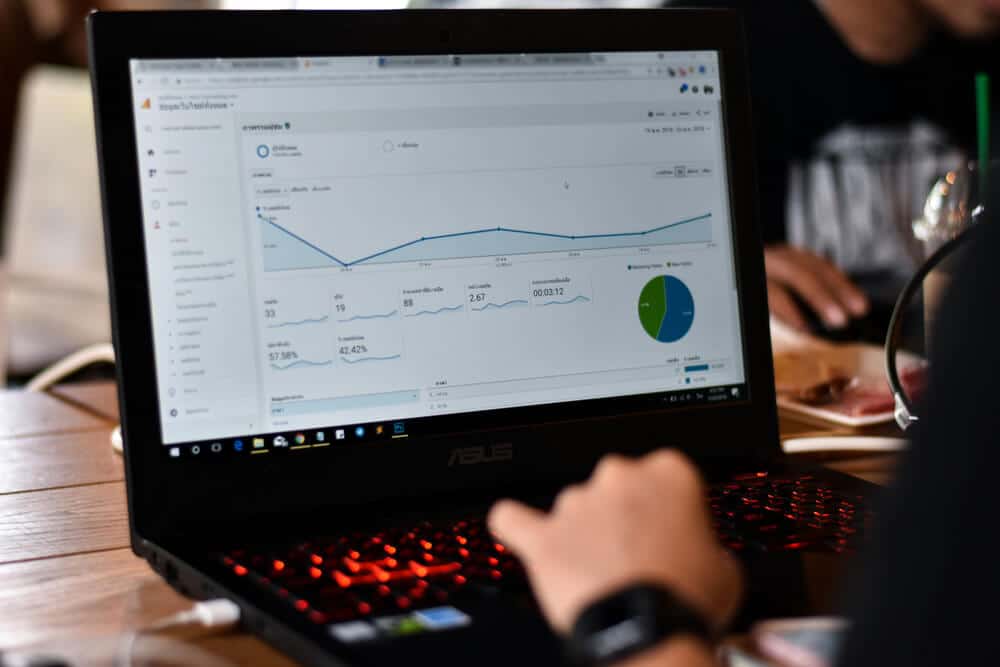Everything to know about Google Analytics 4
With the upcoming rollout of the new GA4 platform, marking a shift in Google Analytics strategy and flexibility, many business owners are wondering what this means, what’s changed, and how to navigate this shift in analytics. Not to worry, this comprehensive guide has answers to all the big questions you might have about the new rollout.
How has the New GA4 Changed?
A new approach to analytics.
The biggest shift that occurred with the new GA4 model lies in the way the software processes and presents user interaction. Universal Analytics operates on a session model, grouping events and page views into timeframes and presenting aggregate models from that grouped data. GA4, instead, uses an event approach, treating each user interaction as a standalone function in order to provide a better analysis of how consumers reach a site and what site elements retain their interest.
Out with the old, in with the new.
With these changes to the analytics model, you’ll definitely notice some differences. GA4 doesn’t use bounce rate, average session duration, or pages per session as essential metrics, unlike previous iterations of Google Analytics. Rather, it measures engaged session duration, engagement rates, and engaged sessions per user. These more itemized analytics fit with the theme of focusing on individual events over large aggregate data.
Pro tip: If you want to use bounce rate as a supplementary metric, you can calculate this using the formula 100%- engagement rate.
How Do These Changes Improve GA4 and Why Make the Switch?
The new Google Analytics 4 platform is a game changer because it allows for a closer look at user journey, meaning you can track active users engaging with a website, rather than just total users. This allows for more streamlined ad targeting, UI improvements, and more in-depth traffic information. In contrast, the old session-based analytics, focused more on broad view analytics (number of clicks, average users, etc).
Additionally, the updated platform enhances your ability to more closely analyze web traffic, drilling down into the details. You can track consumer engagement with far more precision and flexibility, allowing you to customize event tracking and reporting metrics based on your unique needs. GA4 includes several new powerful tools, including:
- Ability to create and track custom events
- Modify event parameters
- Enhanced and more robust cross-device reporting
These and other included tools all lead to a more accurate model of the effectiveness of marketing campaigns and site interface mechanics than ever before which is crucial for any business with an online presence. It’s time to level up with the new Google Analytics 4 platform.
Still Have Questions About the Switch to Google Analytics 4? We’ve Got Answers!
Contact us today and let’s chat.





